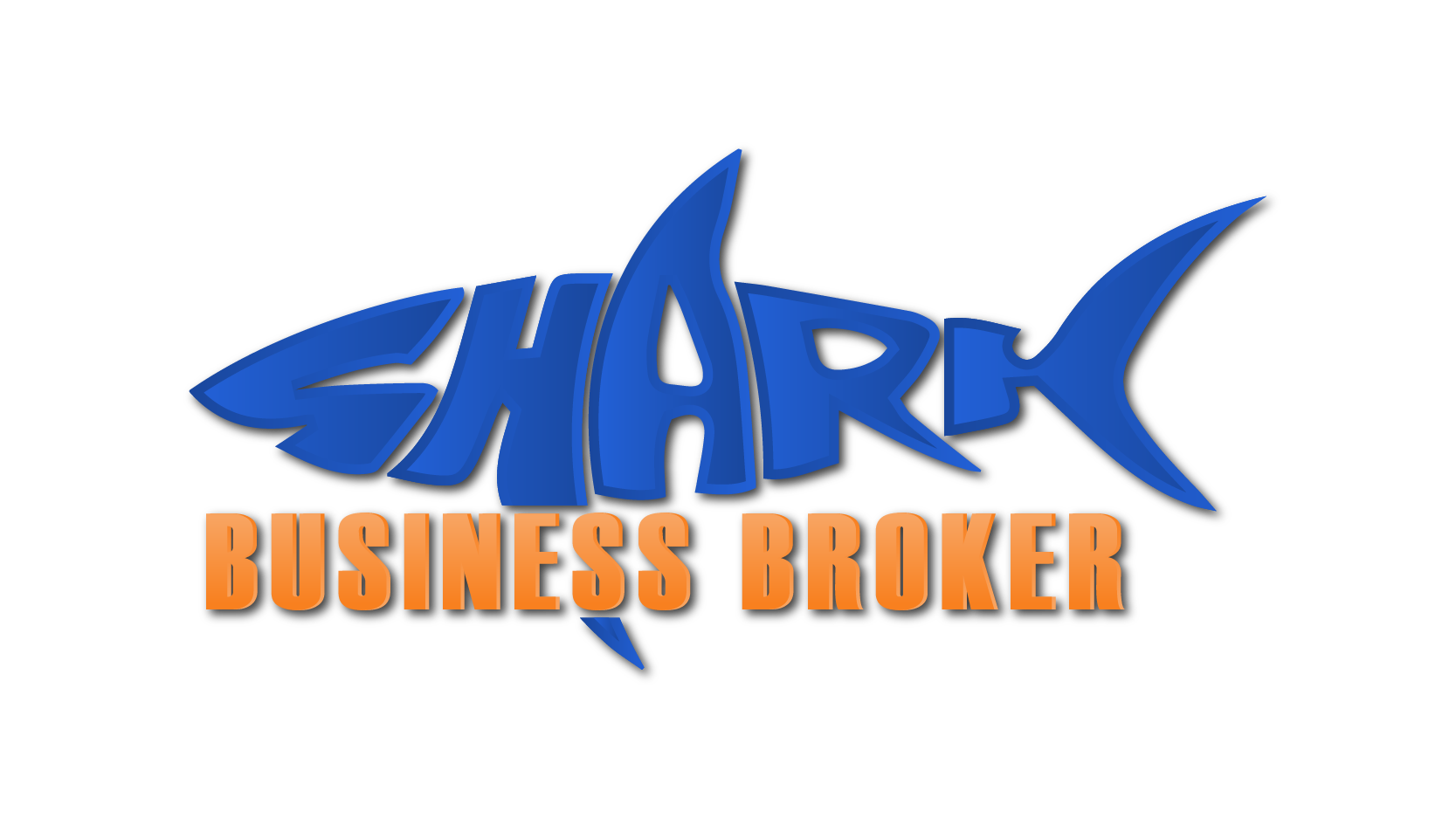As you’re aware, there are many different legal taxation systems in the U.S. Local, state and federal all have their share of the pie. And as business owners, we must file taxes for each of our companies as well as for ourselves as individuals. Knowing the laws in each system has its advantages: Being informed and able to navigate tax laws will enable you to optimize your taxes. The two main tax systems used by business owners are the 1040 system and the 1041 system.
The advantages of optimizing your tax strategy mean you will be able to increase cash flow and compound your wealth. Here, I’ll discuss one such optimization approach using the 1041 system and explain how it differs from the 1040 approach most people use.
1040
Form 1040, the Individual Income Tax Return, is the way most people file their taxes. The education on advanced taxation strategies is not always the most popular of subjects. Instead, many business owners do the same thing year after year, expecting a different result. The usual process involves sending over their profit and loss and balance sheets to their certified public accountant (CPA), who then looks for the latest loopholes to help reduce the owner’s tax liability. This is often enough for smaller businesses, but for larger companies, using loopholes is not the answer. First, tax laws change from year to year. Prime examples of this include conservation easement and research and development credits, but the list goes on and on. Using loopholes is not a long-term solution to optimizing taxes.
1041
A complex trust, one of the nine types of 1041 trusts/estates, is one way in which the top 1% optimize their taxes. The 1041 system has a different set of laws that allows for different classifications and deductions compared to the 1040 approach. The advantages of setting up an optimized tax system mean you will be able to increase cash flow and start to create more wealth. To understand a complex trust, it helps to compare it to a simple trust. A simple trust has three main requirements:
1. It must distribute all income to the beneficiaries.
2. It cannot distribute the principal.
3. It cannot make distributions to charities.
A complex trust does one or more of the things that a simple trust can’t do. The question then becomes why isn’t everyone using the 1041 system? One reasons is the expense of setting up such a system, which can run into hundreds of thousands of dollars, and that’s only if you can qualify to be part of a system. Wealth management companies and multifamily offices can charge hundreds of thousands of dollars to set up such structures and generally require a minimum of $25 million of liquid investable assets before they would consider setting up a 1041 structure.
If you are looking to optimize your taxes and you are not in the 1%, the next step would be to research a specialist in the 1041 complex trust system. Many estate planning legal firms, estate specialty CPA firms and CFO services companies may be able to assist you.
Know Your Options
The key to optimizing your taxes is to educate yourself on the different options available. But note that creating and operating an advanced tax strategy like the one above will likely require enlisting the help of a professional or team that specializes in the strategy you’re interested in. So do your research and find the right professional or team for your situation. Once you have one in place and are fully optimized, you can start seeing the same benefits as the top elite.
The information provided here is not investment, tax or financial advice. You should consult with a licensed professional for advice concerning your specific situation.



Leave a Reply